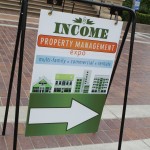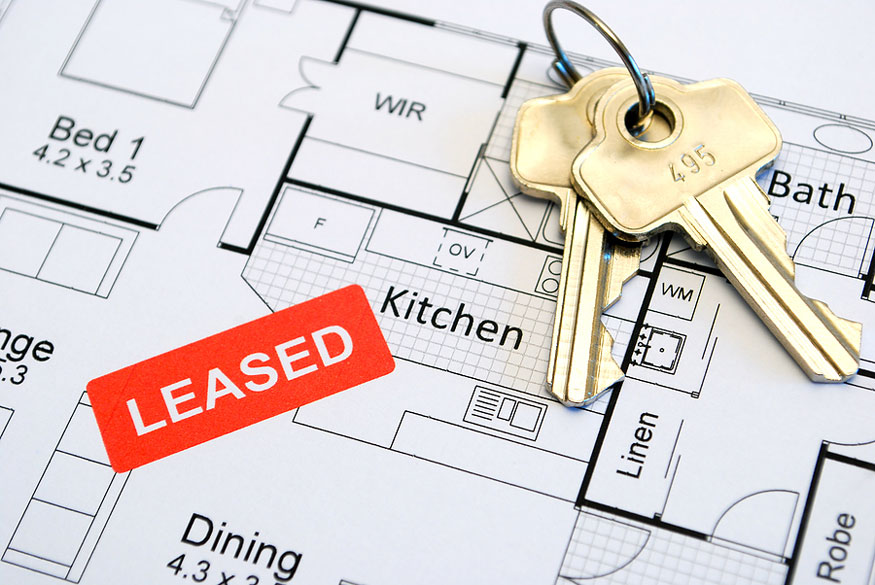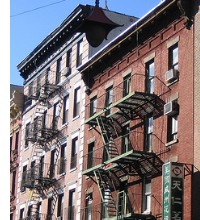The 2 Rules Hidden in Every Lease
 Every landlord knows that the lease controls when it comes to managing properties and settling tenant disputes.
Every landlord knows that the lease controls when it comes to managing properties and settling tenant disputes.
But did you know there are two hidden rules inherent to every lease agreement, even if these rules are not written in the lease?
Habitability
In every leasing situation, verbal or written, long-term or short, good or bad, a landlord has a duty to provide habitable premises. This is true if the lease is silent on the issue, and remains true even in cases where the landlord has shifted the responsibility to the tenant or attempted to limit this duty in some way.
While there may be language in a local statute and ordinance on habitability, this rule comes from simple contract law, and that makes it very flexible. The duty of habitability covers all the day-to-day necessities, including hot and cold running water, heat, and in some cases air conditioning, safe access, reasonable security from intruders, and compliance with zoning, building and fire codes.
The gray area: the tenant’s own actions. While the landlord has the duty to keep the property habitable at all times, a tenant may be liable for costs of repairs or remediation caused by their deliberate or negligent actions, including the actions of their guests.
Quiet Enjoyment
The biggest beef tenants have against landlords is intrusion on the right to quiet enjoyment, which exists whether or not it is mentioned in a lease agreement. Quiet enjoyment, the right to live without intrusion or nuisance, encompasses everything from excessive or unannounced landlord visits to noisy neighbors.
Despite the label, it’s not just noise that violates this covenant. Secondhand smoke is a common culprit.
Tenants’ Rights
When either of these hidden duties is violated, tenants have a number of possible remedies, including withholding rent (constructive eviction), or breaking the lease entirely, with no ramifications.
In a worst case scenario, the tenant can sue for damages that may go far beyond the actual rent paid under the lease agreement, so it’s important to keep these rules in mind when making property management decisions.
| American Apartment Owners Association | Company Website |
Rental property management can be very demanding. Our job is to make this day-to-day property management process smoother. AAOA provides a host of services ranging from tenant screening to landlord rental application forms and contractor directory to apartment financing. |




 “There isnt enough time to do time to do preventive maintenance,” might be the battle cry for every new maintenance supervisor.
“There isnt enough time to do time to do preventive maintenance,” might be the battle cry for every new maintenance supervisor.
 You’ve likely already considered options like renting by the room with separate contractual leases as a method of attracting student renters. So as a property owner, how do you make changes to your property itself that will attract even more of these surefire renters? Here are a few amenities that draw in higher education students.
You’ve likely already considered options like renting by the room with separate contractual leases as a method of attracting student renters. So as a property owner, how do you make changes to your property itself that will attract even more of these surefire renters? Here are a few amenities that draw in higher education students.





































































 Whether you’re a busy property owner or an even busier property leasing agent, whenever you can have a time saving tool in your back pocket that simplifies the entire leasing process, how can you say no? We’ve seen great strides in the mobile leasing technology realm from basic online applications to our fully streamlined process that takes you right down to digitally signing and closing the lease on the spot. On the spot lease completion simply lands more tenants for many reasons that we’ll explore.
Whether you’re a busy property owner or an even busier property leasing agent, whenever you can have a time saving tool in your back pocket that simplifies the entire leasing process, how can you say no? We’ve seen great strides in the mobile leasing technology realm from basic online applications to our fully streamlined process that takes you right down to digitally signing and closing the lease on the spot. On the spot lease completion simply lands more tenants for many reasons that we’ll explore. One of the biggest problems facing today’s entrepreneurs is the lack of access to financing. In fact,
One of the biggest problems facing today’s entrepreneurs is the lack of access to financing. In fact, 
 Amid numerous investigations against landlords in New York accused of violating rent stabilization regulations, New York officials now are targeting tenants who are abusing the system.
Amid numerous investigations against landlords in New York accused of violating rent stabilization regulations, New York officials now are targeting tenants who are abusing the system. Seduced by the promise of extra income — a $100 or so a night in many cases — tenants across the country are looking to vacation rental service Airbnb to turn their apartments into profit centers through temporary sublets.
Seduced by the promise of extra income — a $100 or so a night in many cases — tenants across the country are looking to vacation rental service Airbnb to turn their apartments into profit centers through temporary sublets.

